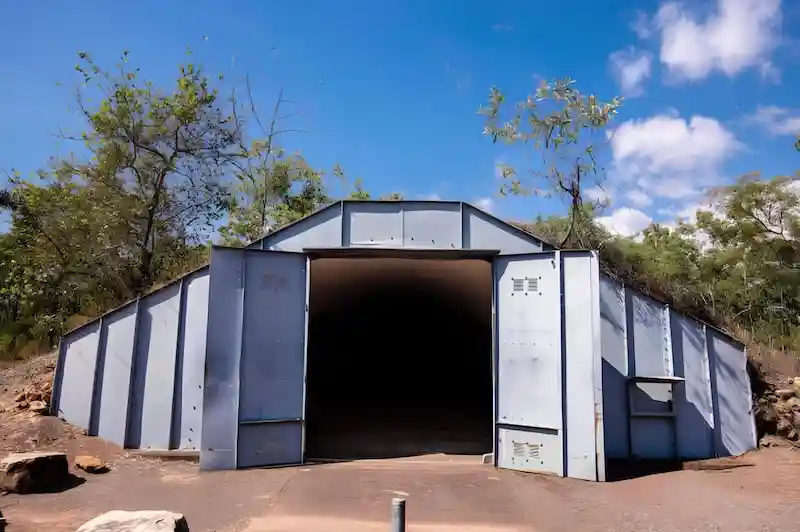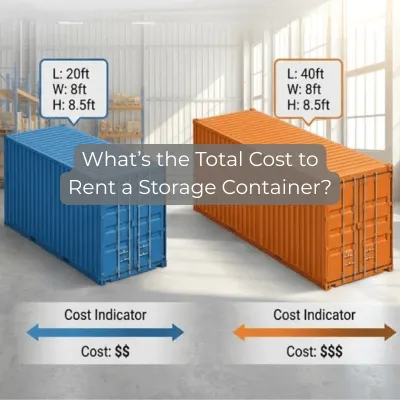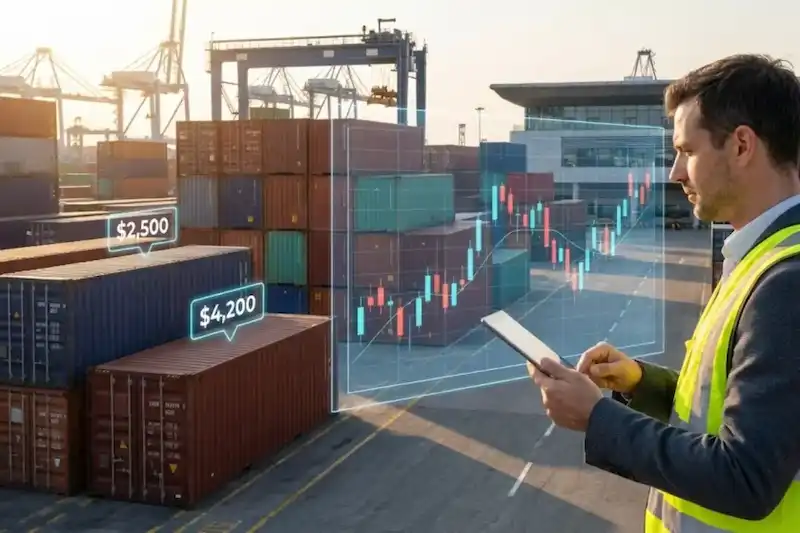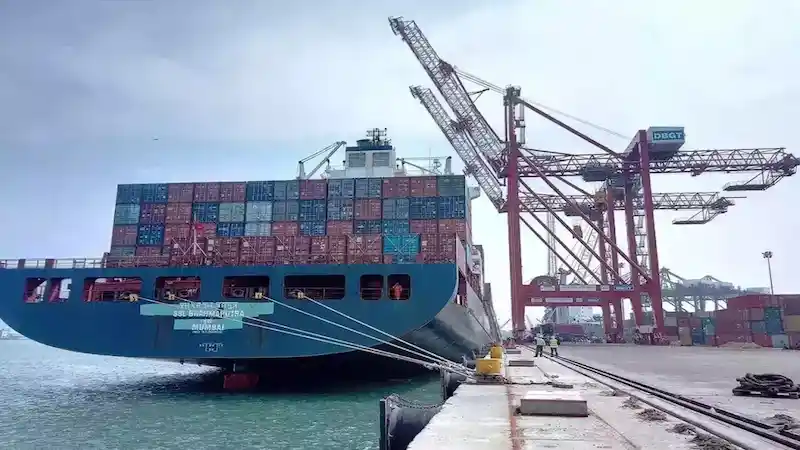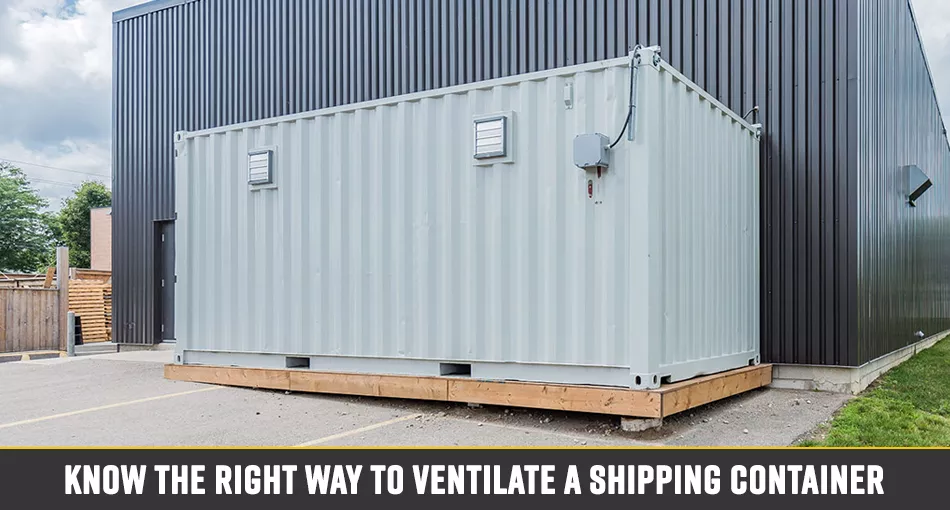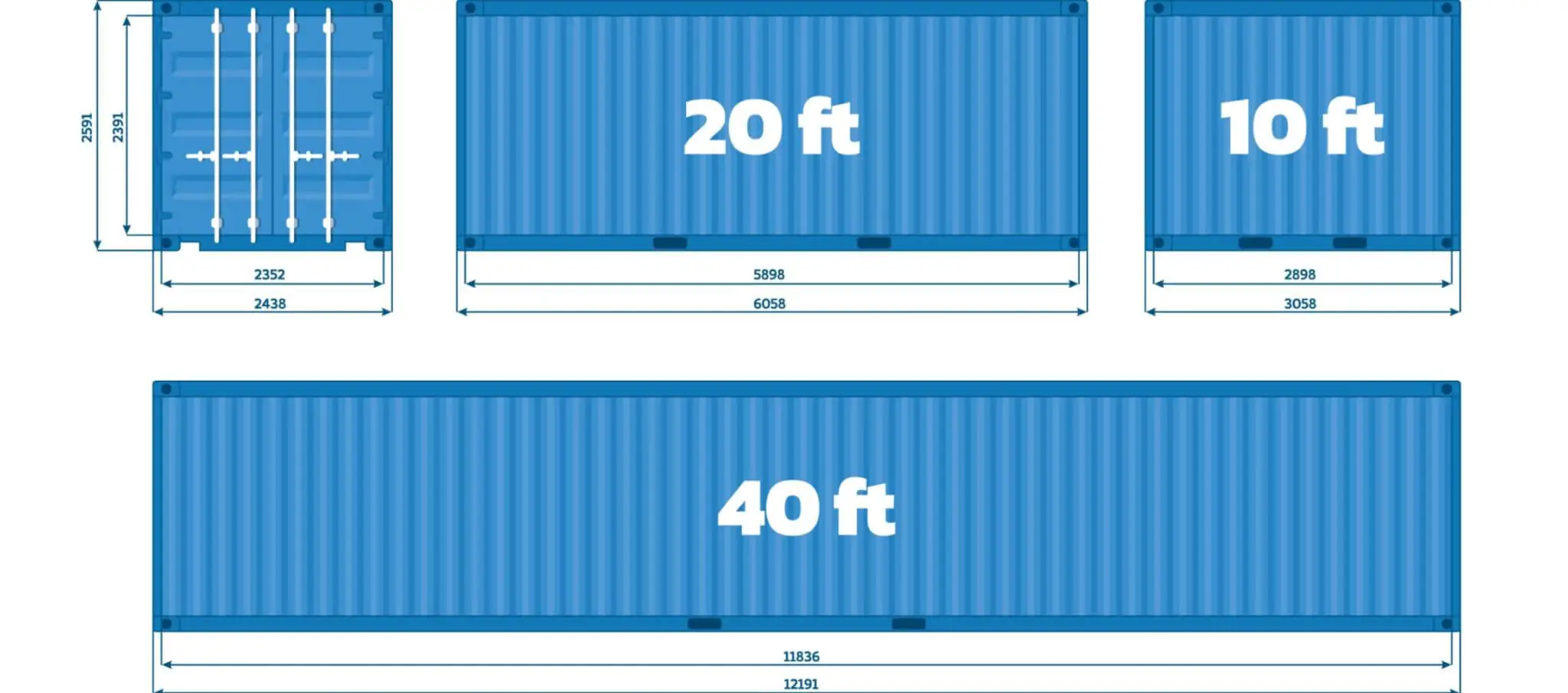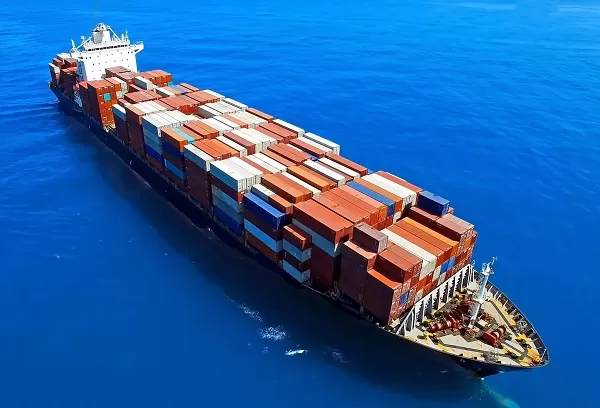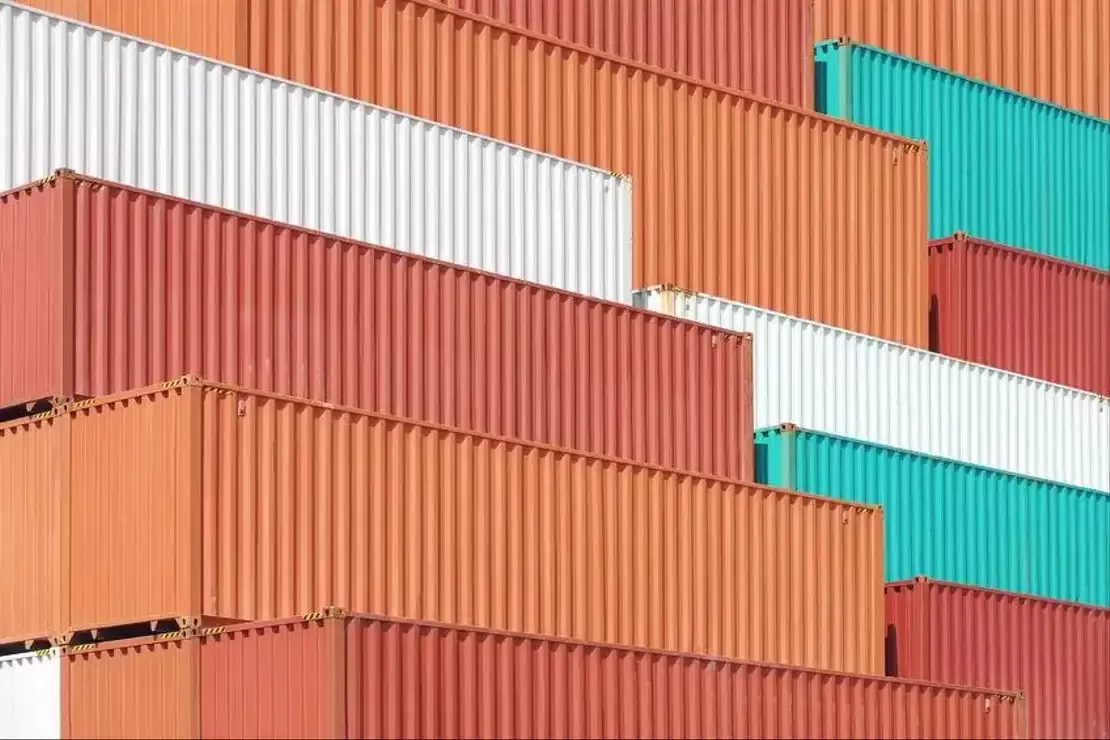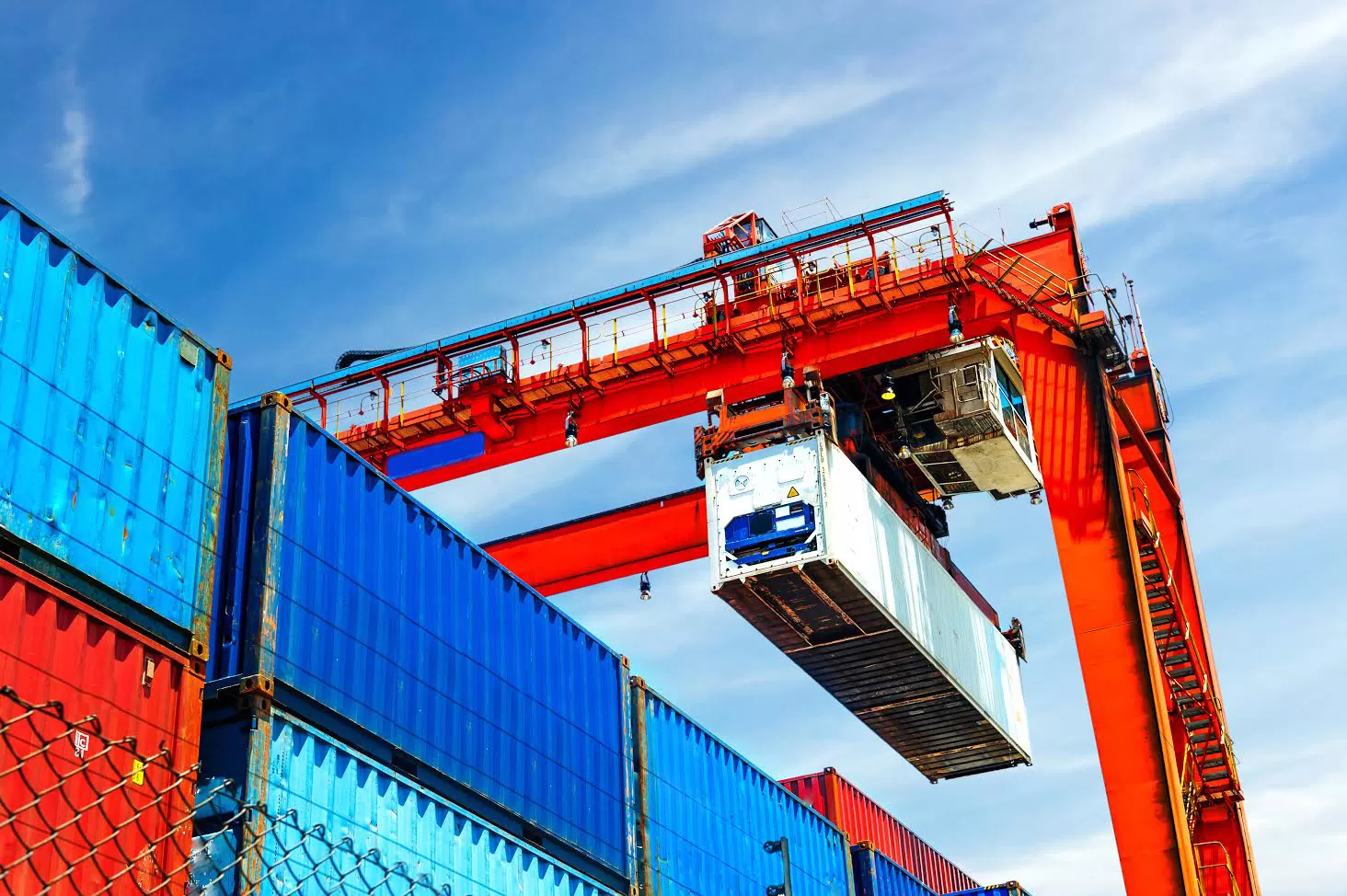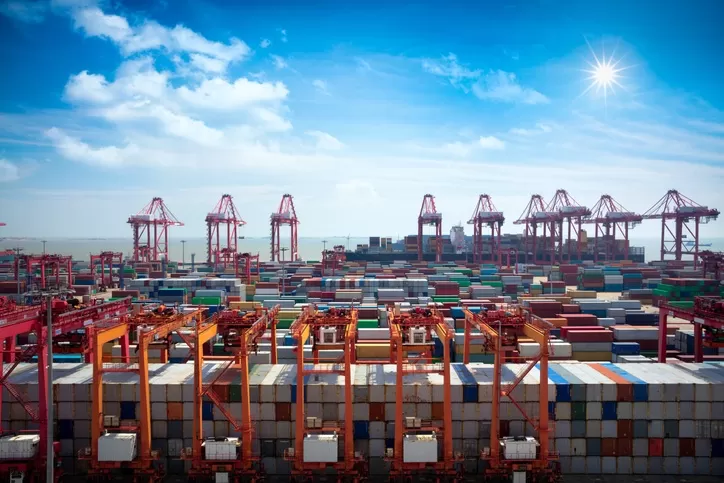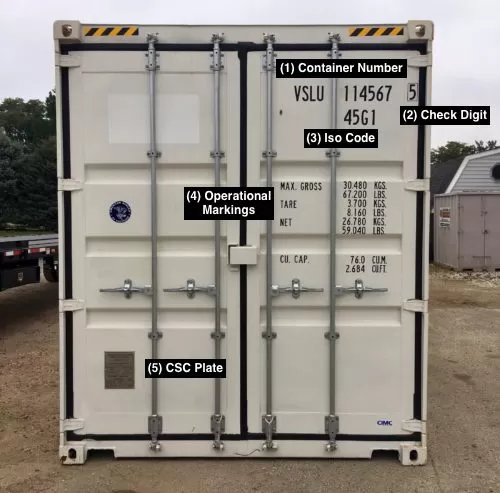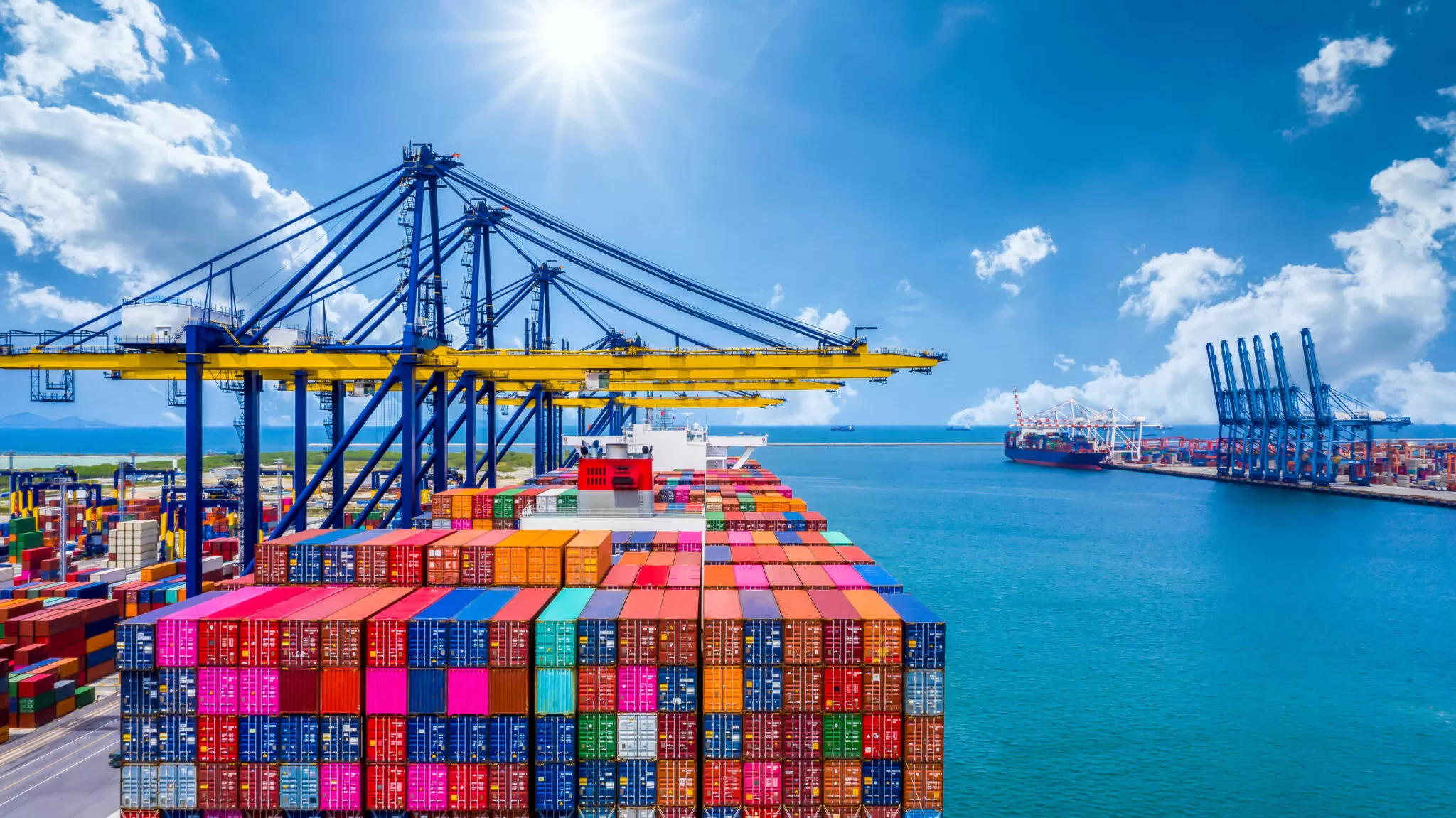What are Terminal Handling Charges (THC): How to mitigate shipping charges 2025

Shipping isn’t just sticking a container on a vessel and waving goodbye. Once cargo hits a port, charges start piling up fast. One of the main ones — Terminal Handling Charges (THC) — shows up whenever a container gets moved through a terminal. Doesn’t matter if you’re a buyer sorting out shipping bills or a seller moving exports, THC can throw off your numbers. And that money? It goes straight to the port, not the shipping line. Two boxes of shirts or a loaded 40ft container — same idea. You still get hit with the charge.
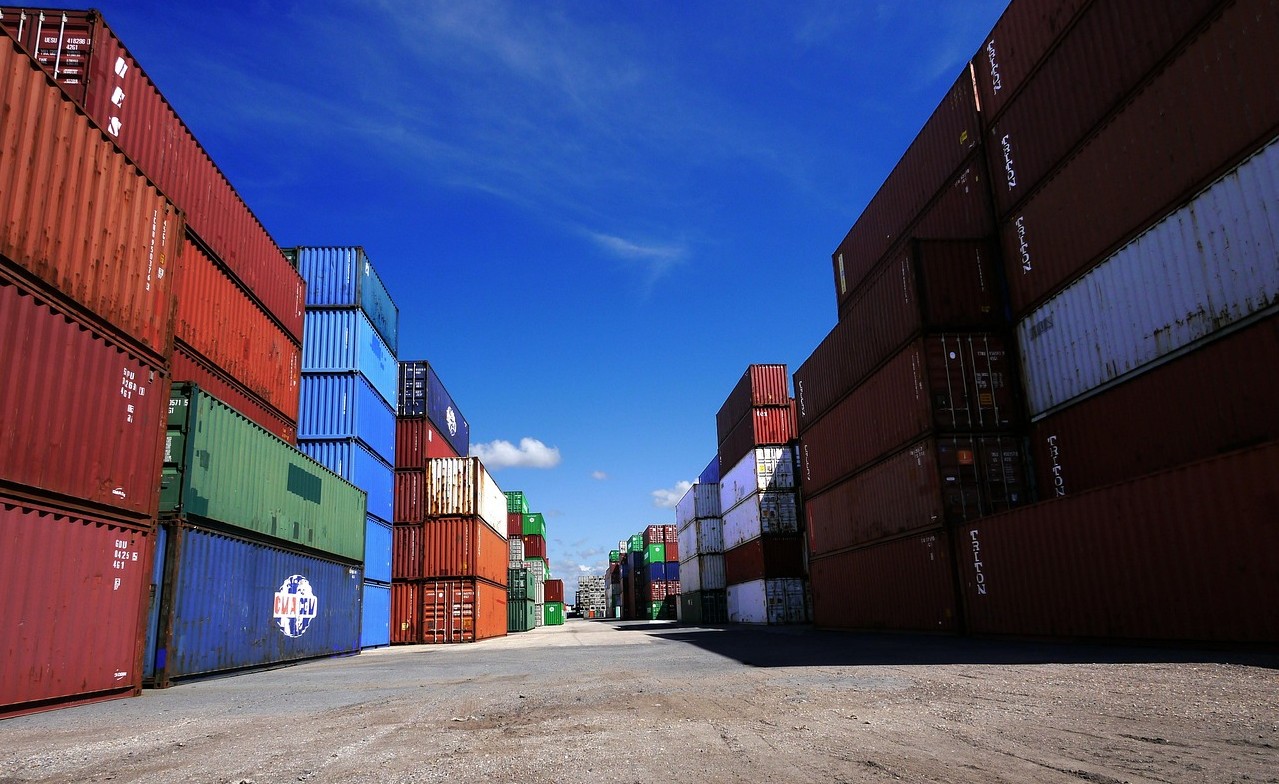
What are Terminal Handling Charges (THC)?
THC are charges from the port during container loading or unloading. It covers moving cargo off the vessel, stacking it, and handing it to the next carrier. Every time a container interacts with port equipment, there’s a cost. THC isn’t buried in fine print, but people don’t usually know about it until they deal with global shipping.
Ports and terminals set their own rates. One port might charge a flat fee, and another might charge based on size. A small container might be cheaper, but oversized cargo or special container types (like reefers or open-sides) cost more to handle. Either way, if your cargo moves through a terminal, there’s no dodging THC.
Types of Terminal Handling Charges
THC varies depending on where the shipment is in the journey. Origin THC (OTHC) hits when cargo is loaded. Destination THC (DTHC) shows up at the offloading port. Transshipment THC comes into play when containers get shifted between vessels mid-route.
The container itself matters, too. A regular container is one thing. A 40ft high cube double-door container adds cost because it needs more attention. Hazardous cargo, reefers, or oversized items can come with their own pricing. Some ports break it down even more — charging for lift-on/lift-off, storage, or gate access separately.
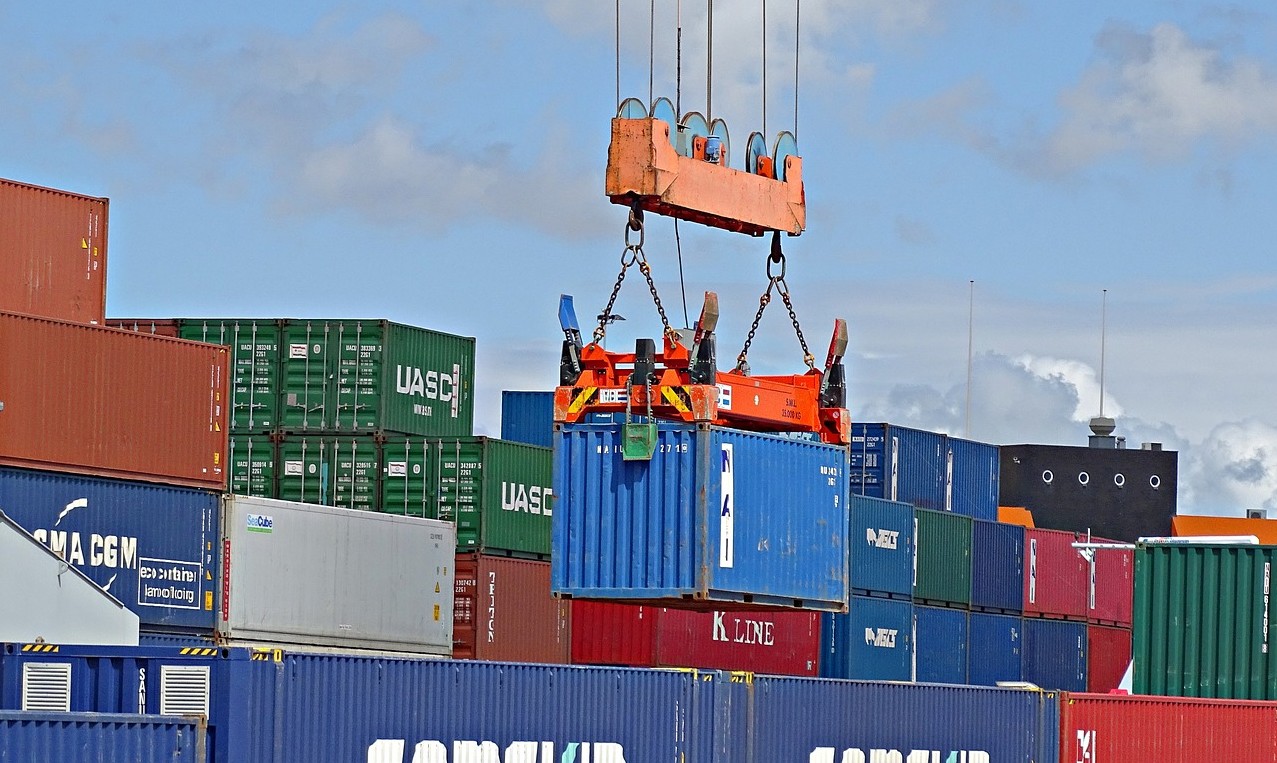
Who pays Terminal Handling Charges?
It depends on the Incoterms in the contract. If the seller is in charge until the buyer’s port, they pay the origin THC, and the buyer pays at the destination. If the buyer is handling shipping, they might cover both.
Under FOB, the seller gets the cargo loaded and pays that THC. After that, it passes to the buyer. With CIF or CFR, the seller handles more of the trip, but destination THC is usually still on the buyer.
Transshipment makes it even messier. If cargo hops vessels mid-shipment, the carrier might charge either party — or both — based on what was agreed on.
What’s included in Terminal Handling Charges?
A lot goes into THC. It’s not just a forklift picking up a container and calling it a day. These charges typically include:
- Moving the container within the terminal, from yard to quay and vice versa
- Using cranes to lift containers from the truck to stack or from the stack to the vessel
- Storage for a limited number of days (after which demurrage kicks in)
- Documentation and gate-in/gate-out processes
- Labor, security, and administrative costs at the terminal
The fee applies whether the cargo is in a 40ft open side shipping container or a regular dry van. But certain services may cost extra. For example, if the cargo arrives earlier than the vessel or the terminal is congested, storage beyond free days will be billed separately. Furthermore, any container that requires inspection or customs hold might rack up additional handling charges.
Sometimes, port authorities bundle these into one THC line on the invoice. Other times, carriers itemize each movement.
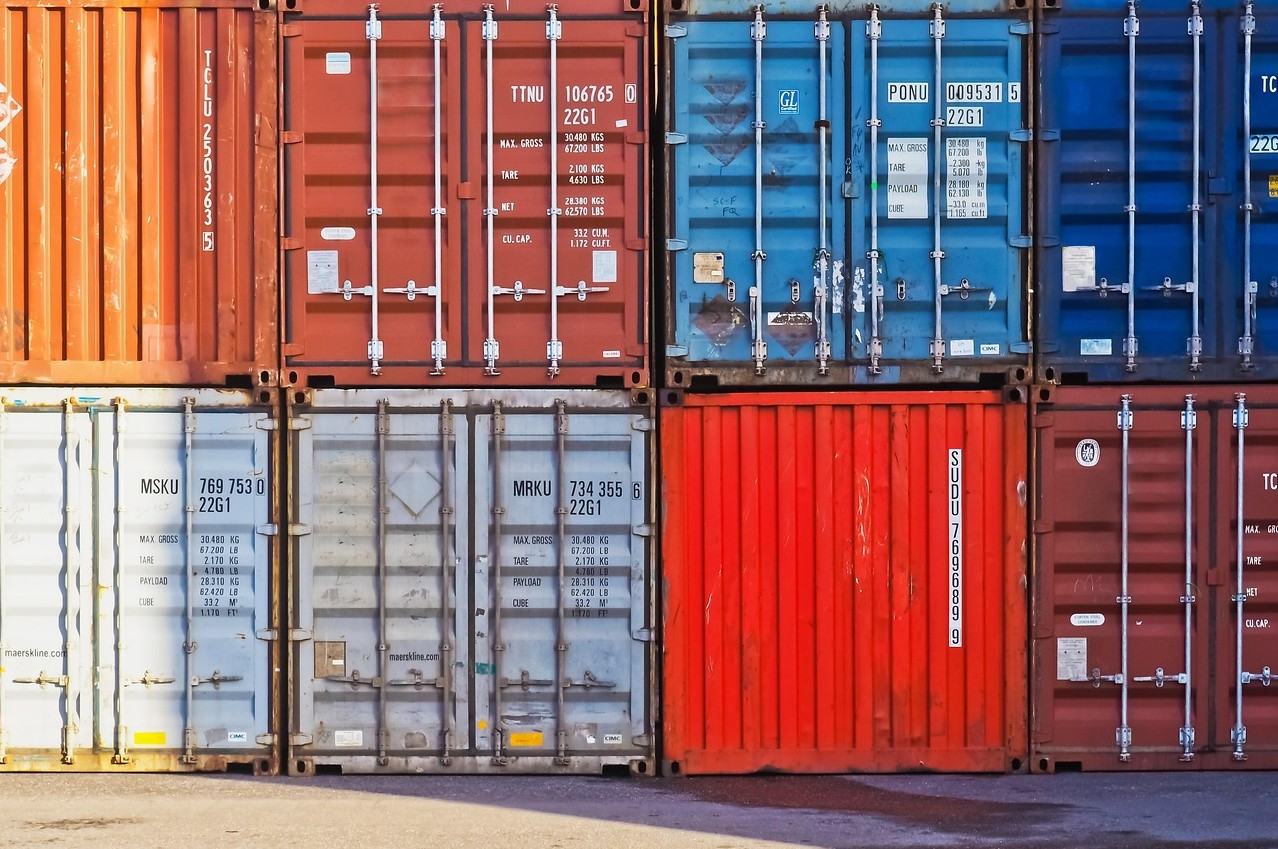
How much is a Terminal Handling Charge?
There’s no flat rate across the board, and that’s part of the frustration. THC varies wildly depending on the port, carrier, and terminal. In large ports like Rotterdam or Singapore, the charge might be as low as $100-$150 for a 20ft container. But move the same cargo through a U.S. or Australian port, and the fee can go up to $300–$500 per container.
Size matters, too. A 40ft high cube container will naturally cost more than a 20ft one due to additional handling time and terminal space usage. Specialized containers like a 40ft open side shipping container or reefers can add a surcharge of 10–20%.
Then there’s the carrier factor. Some carriers bundle THC into their base freight rate. Others list it as a separate line item. Still, others mark it up as part of their profit model. You might also encounter differences between full container load (FCL) and less-than-container load (LCL), where THC is split among shippers in LCL.
If your shipment involves transshipment, expect to pay THC more than once—once at the origin, again at the transshipment port, and one more time at the final destination. That can quickly double or triple your base charge.
How to mitigate THC for your next shipment
Shipping isn’t cheap, and THC is just one of the many things that impacts the budget. But there are a few ways to cut these costs without cutting corners:
- Pick the right container. Oversized or specialized containers like 40ft high cube double doors cost more to handle. If your cargo doesn’t need the extra space or features, stick to regular ones and save on terminal charges.
- Go for FCL over LCL. Sharing space in LCL shipments sounds cheaper, but it racks up higher THC per cubic meter. If you’ve got enough cargo, load a full container and avoid extra handling at the port.
- Know your Incoterms. A seller using CIF doesn’t always cover everything. Destination THC usually falls on the buyer. Read the terms, don’t assume, and push back if the costs don’t add up.
- Avoid expensive or congested ports. Some ports come with high THC and delays. If rerouting through a different terminal cuts the charge — even with extra trucking—take that route. It’s about the total cost, not just vessel proximity.
- Push back on carrier fees. Carriers sometimes have room to negotiate. Ask about THC-inclusive rates or if they’ll cap handling fees by container type or route. They won’t offer unless you ask.
- Don’t let your cargo sit. Terminals give limited free storage—miss that window and the charges pile up. Get your paperwork sorted, trucks lined up, and cargo out before it turns into a cost trap.
- Use containers that speed up loading. A 40ft open-side container helps with bulky or weird-shaped cargo. Less time to load or unload means less labor and possibly lower handling fees from the terminal.
- Rethink transshipment. Cheaper shipping rates through transshipment ports can backfire. Every extra terminal adds more THC. One direct shipment in a 45ft container might cost more upfront but less when it’s all over.
Spreading awareness of how THC works, how it’s calculated, and how it stacks up in different ports is the first step to controlling costs. A container might spend weeks at sea, but it’s the few days at the terminal that can make or break your shipping budget. Know the charges, understand the route, and stay in control of every lift and movement your cargo goes through.
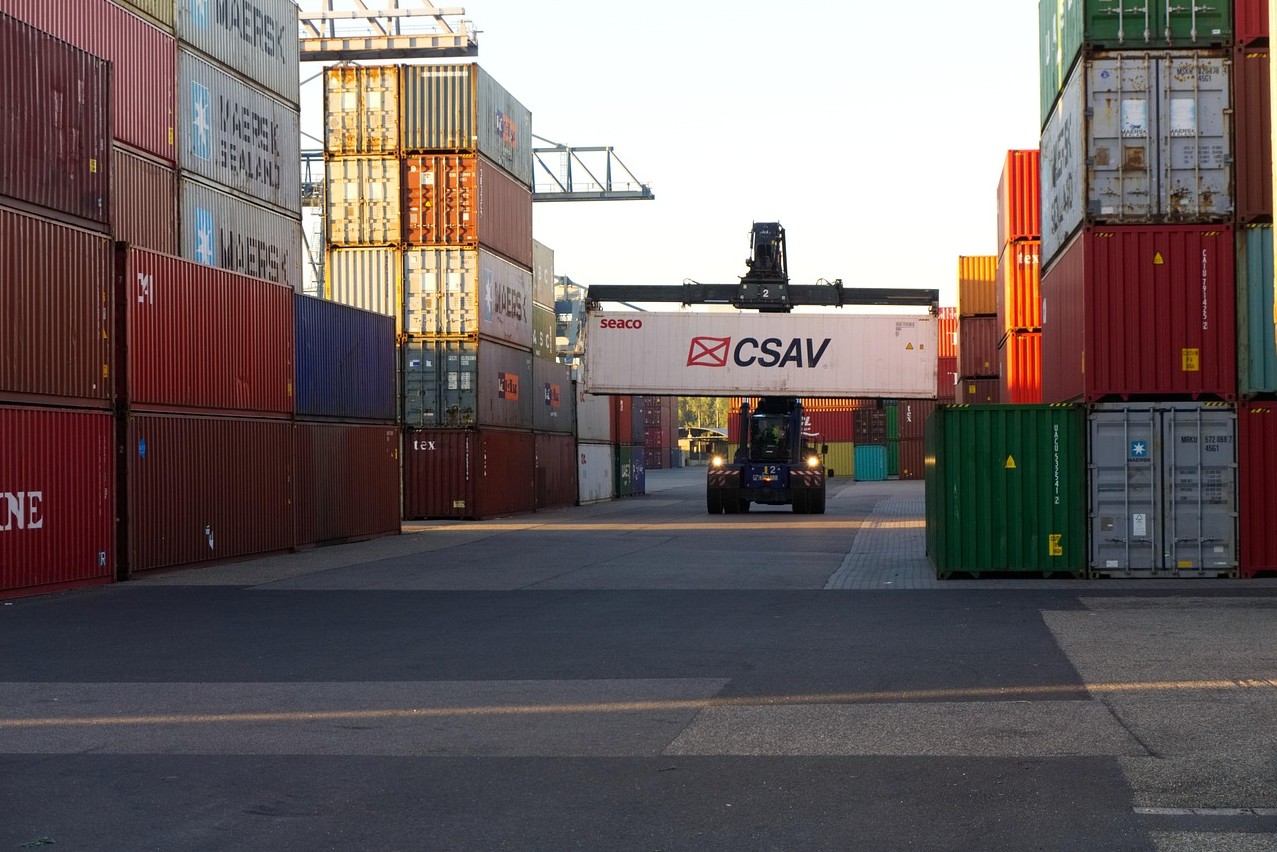
Conclusion
Most people only look at the freight quote and miss what’s happening at the port. THC might sound like a small part of the total cost, but if you’re dealing with multiple shipments or complicated routes, it adds up fast. Ports move containers for a living — they charge for every touch, every crane lift, and every extra minute of storage. So, if you’re trying to avoid paying more than you have to, learn how the system works. Pick the right container, pick the right port, and don’t let your cargo sit longer than it needs to. Shipping will always have hidden corners, but this one doesn’t have to catch you off guard.
Vanessa is a dedicated writer and content enthusiast at Pelican Containers. With a background in practical writing and a keen eye for clarity, she transforms complex container topics into easy-to-understand and useful content. Her passion lies in exploring the evolving world of container usage — from smart storage hacks to global logistics trends.
When she's not writing, Vanessa loves discovering creative shipping container projects or traveling to find new inspiration.
Explore thoughtful, informative, and accessible content with Vanessa!
Vanessa is a dedicated writer and content enthusiast at Pelican Containers. With a background in practical writing and a keen eye for clarity, she transforms complex container topics into easy-to-understand and useful content. Her passion lies in exploring the evolving world of container usage — from smart storage hacks to global logistics trends.
When she's not writing, Vanessa loves discovering creative shipping container projects or traveling to find new inspiration.
Explore thoughtful, informative, and accessible content with Vanessa!
FAQ
What is an example of a terminal handling charge?
A $275 fee for unloading a 40ft container from a vessel, moving it within the port, and placing it on a truck at the destination terminal.
What is the meaning of terminal charges?
Terminal charges are fees collected by a port or terminal for loading, unloading, moving, and storing containers during their stay at the terminal.
What do handling charges include?
They typically cover container movement using cranes, stacking, short-term storage, and administrative work related to cargo flow through the terminal.
What is the terminal handling charge fee?
It’s the amount charged by the terminal for managing a container, usually ranging between $100–$500 depending on port, container type, and location.
How to calculate the terminal handling charge?
Start with the base port rate per container size, then add fees for special container types, hazardous cargo, extra storage, or transshipment if applicable.
